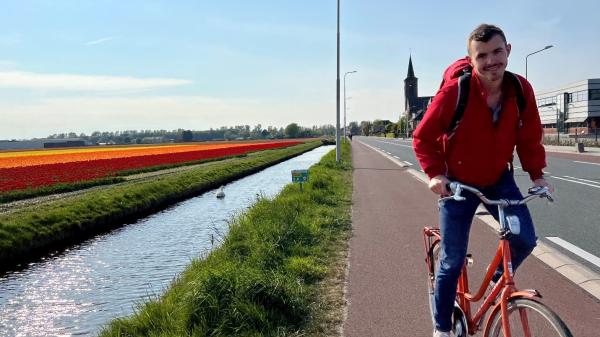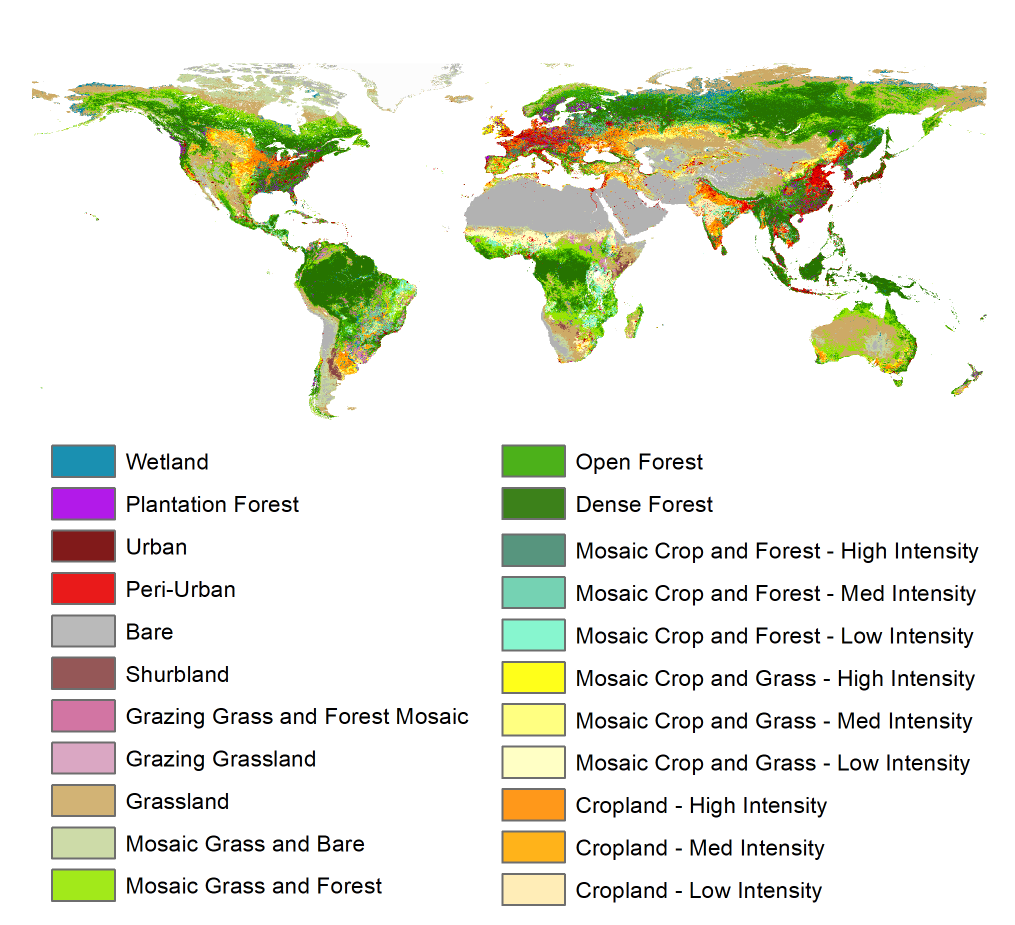CBS PhD Student Travels to the Netherlands for Research
By: Levi Helm, a fifth-year Biology and Society graduate student
With generous support from several groups at ASU, including the Center for Biology and Society, I recently completed a trip to Amsterdam to work as a visiting researcher. From October 2021 to June of 2022, I lived in Haarlem, a small city just outside of the Dutch capital, Amsterdam. Despite several months of strict lockdowns and restrictions due to the pandemic, I had a wonderful time living in the Netherlands. After enjoying a stroopwafel with my morning coffee, I spent my days working on my dissertation research.
I study the unintended consequences of well-intentioned environmental interventions. Specifically, I study plastic pollution—but not the actual pollution itself. I study some of the impacts of addressing the plastic pollution crisis. Plastic pollution is a global challenge, with serious adverse impacts to human and environmental health. But, as some of my other research shows, the solutions that we have to solve the problem also have impacts. For example, Waste-to-energy facilities may get rid of waste, but they also create emissions and affect local recycling economies. Recycling plastic waste incurs costs in terms of energy and money. To “solve” the plastic problem, we need to consider what plastics sustainability looks like holistically.
We need to significantly decrease our use of conventional plastic materials to reduce global plastic pollution. However, plastics are incredibly useful, and without them there would still be demand for materials that met the function of plastics. If these materials are to meet the function, but not have the same detrimental impacts, they would probably need to be degradable. Right now, some of the most market-ready materials are degradable plastics from plants, and fiber-based products like cardboard. Both fiber from trees and plastics from plants require land on which to be grown. Bringing more land into production for similar materials has historically been associated with deforestation, or more intensive industrial agriculture. Could quitting plastics have similar impacts on the land?
To answer this question, I headed to Amsterdam to work at the Vrije Universiteit Amsterdam (VU). I was visiting Dr. Peter Verburg, at the Environmental Geography department in the Institute for Environmental Studies. This department is one of the foremost research groups for studying land change and the impacts of land change. Researchers here study how and why people modify the land, the impacts of land change, and how to predict and model land change. Land change refers to any process by which the use of the land, or the land cover, changes. So, perhaps a forest is cut for timber and then cows are put on the land. The land cover and land use both changed, from trees to grass and from forest to field. Researchers at the VU developed one of the most advanced land-use change models to predict how these changes will occur, given demand for things that come from the land: like crops, forest products, and livestock. While I was visiting the VU, I had the exciting opportunity to learn how to apply this model to my specific research question.
Since I am studying global change, the first step was to classify the globe into different types of land systems. Land systems are essentially archetypes of land that can be classified to study them. When studying at the global level, it is hard to say where one field ends and a forest begins. Classifying the land into systems, such as croplands, or mixed crop and forest lands, allows researchers to study processes of land change. You can see my classified map below. From here, each system supplies a certain amount of goods and services. So, croplands provide crops, and likely some livestock and room for people as well. Urban systems provide a lot of land for people to live but provide far less crops than croplands. The model then allocates land to each system, so that the supply meets the demand that the researcher imposed. So, in a scenario where there is higher agricultural demand, cropland could intensify or expand to supply more crops to meet the demand.
I have preliminary results after my time in Amsterdam. I found that a large change to demand for these alternative products—degradable plastics and paper—could cause a significant increase in crop demand. The impact of this change, though, depends on several factors. First, it depends on how the land change occurs. The impacts of land expansion into more natural systems are different than the impact of intensification of already existing agricultural systems. Second, it depends on where, globally, change is occurring. In our globalized world, even if these products were consumed in one place, the impacts of producing them could come from elsewhere.
Apart from my research, I learned a lot being in an exciting and dynamic research setting. The VU is one of the leading research universities for studying sustainability in Europe, and I was fascinated by the similarities and differences in how sustainability is understood in Europe compared to the US. Although I am happy to be back in Arizona, I had a wonderful time in the Netherlands. I greatly enjoyed Dutch cities, with their cozy and quiet (except for bikes!) streets and cafés. As someone who rides my bicycle to work in Tempe, I was amazed by the Dutch cycling infrastructure, with bike lanes the size of roads.
Back in the U.S., I’m excited to continue my research, using my newly developed skillset, and renewed enthusiasm to work completing my dissertation!

